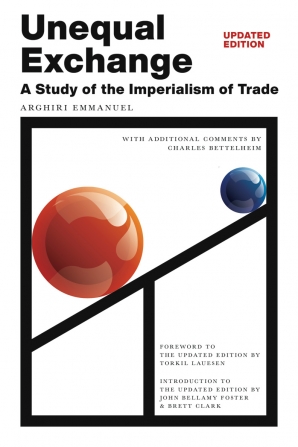 Memorial
Memorial
Robert W. McChesney (1952–2025): A Personal and Political-Intellectual Memoir
 Memorial
Memorial
Bob McChesney: A Life Well Lived
 Article
Article
A Democratic Socialist in Our Age
 Article
Article
A Clarion Call for Communication Democracy
 Article
Article
Communication Should Be a Rebellious Field!
 Article
Article
Be Realistic, Demand the Impossible
 Article
Article
Reinventing Local Journalism: Carrying Forward Bob McChesney’s Unfinished Project
 Article
Article
Fiftieth Anniversary Retrospective on Pomfret (Class of 1971)
 Article
Article
The Anti-Monopolist
 Remembrance
Remembrance
Tributes to Robert W. McChesney
 Review of the Month
Review of the Month
Eco-Marxism and Prometheus Unbound: Capitalist versus Socialist Ecomodernism
 Article
Article
The World Wants to Advance to Socialism
CLASSICS

In the public eye: John Bellamy Foster’s Breaking the Bonds of Fate Book launch The Critical Theory Workshop was first to launch John Bellamy Foster’s excellent new work. Speakers alongside... READ MORE
+ read more
Who Paid the Pipers of Western Marxism? offers a crash course in the history of imperialist propaganda, as well as in the Marxist method for analyzing culture and ideology. Author... READ MORE
+ read more
Join a Two-part Conference on Imperialism and Resistance Today January 29-31, 2026 / Where: Amsterdam / See: https://ue21.org/ This January, scholars and activists from around the world will come together... READ MORE
+ read more
From: Chapter 3 “…As governor of Wisconsin, La Follette sought to defend the interests of the small farmer by pushing for greater regulation of the railroads. He successfully pushed through... READ MORE
+ read more














